

LONDON: Legendary epic Mughal-e-Azam continues to power on nearly 60 years after it was released with a lavish musical based on the K Asif directed movie currently playing to packed-out theatres across India and a mega tribute event set to be held in the UK and various European cities.
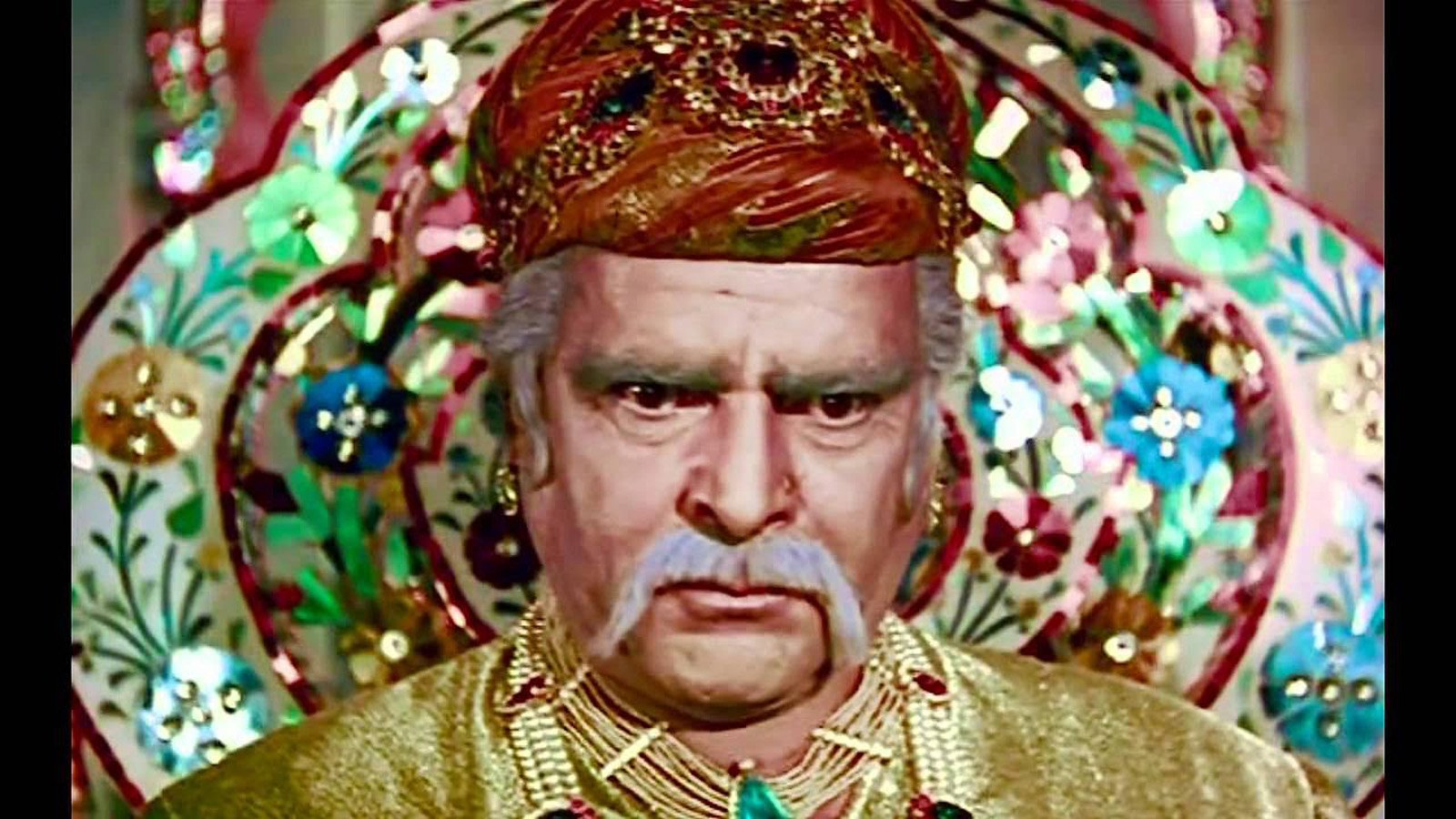
The enduring magic of the greatest Bollywood film ever made is continuing to captivate audiences across different generations and still setting a high standard for other Indian filmmakers to follow. Our correspondent Sayeed Niazi went back in time to give you an A-Z of the timeless classic and all it has achieved in what has been a remarkable journey, which started off as an idea by ambitious young filmmaker K Asif, who in the early 1940’s dared to dream and became a part of history.
The legendary Prithiviraj Kapoor delivered a powerful performance as the fearsome emperor determined to crush the romance of his son Prince Salim and the courtesan Anarkali. The all-conquering king goes through a range of emotions and isn’t afraid to kill his own son in he quest for what he feels is right. The imposing character impressed director K Asif so much that he named his son Akbar.

The regal epic was the highest budget movie ever made in India and if inflation along with the colourisation process is taken into account it would still hold onto that record. From the lavish sheesh mahal set, which cost the same as a movie at the time to using real jewellery (see J) and a huge battle sequence featuring 2,000 camels, 4000 horses, and 8,000 troops no expense was spared. Even the singers were paid record-breaking amounts in the quest for perfection (see F).
In 2002 it was decided that Mughal-e-Azam would become the first classic Hindi film to be digitally coloured. The first step towards colourisation was the restoration of the original negatives and then this was followed by extensive research by a dedicated team to get all the colours right. Under the watchful eye of Shapoorji Mistry and Deepesh Salgia a team of over 800 were employed to develop the software and do the colourisation. The entire process would take just over two years.

Bollywood’s greatest and most influential actor would go through a range or emotions in his iconic role as Prince Salim. The perfectly nuanced performance as the central hero of the film would win universal acclaim. He also went through plenty of drama behind the scenes including a real life and ultimately doomed romance with co-star Madhubala. The actor also had a very public falling out with director K. Asif, who had married his sister and he also boycotted the premiere (see P).
There was mass hysteria when Mughal-e-Azam released in 1960. When bookings for the film opened there was chaos and near-riots on the streets as fans queued up for days to get tickets for the movie and at one stage police had to intervene when a crowd of 100,000 became too unruly. Those who did get tickets were given specially made ones that would become collector’s items.

There are many legendary stories associated with the regal epic including the eye-watering fee paid to singer Bade Ghulam Ali Khan. The classical maestro had no interest in singing for films, but didn’t want to offend director K Asif so asked for 25,000 rupees at a time top singers like Lata Mangeshkar were getting 500 rupees, in the hope he would be turned down. In what became a legendary encounter K Asif agreed to the fee, smiled, took a puff from his cigarette and said: “You asked for less and should have demanded 50,000 rupees.” The singer then said to the film’s music director Naushad, “I was doubting he was mad, but now I know he is,” before agreeing to come on board.
The grand epic became the biggest grossing Bollywood movie of all time when it released in 1960 and held onto the record until Sholay released in 1975. When the hundredth anniversary of Indian cinema was marked in 2013 Mughal-e-Azam was universally declared the greatest Bollywood film ever made.

The last major collection by India’s greatest painter MF Husain shortly before his death in 2011 aged 97, was inspired by Mughal-e-Azam. Painted more than 50 giant canvases inspired by a movie he adored. It was full circle for the much-revered painter, who started his career painting cinema hoardings during his early days of struggle.
The path-breaking film has interesting innovations, which commenced from the very beginning. In the opening scene the narrator isn’t a character from the film, but India itself. A map appears and we here from India how it has been dissected, looted, loved, chained, unshackled and more.
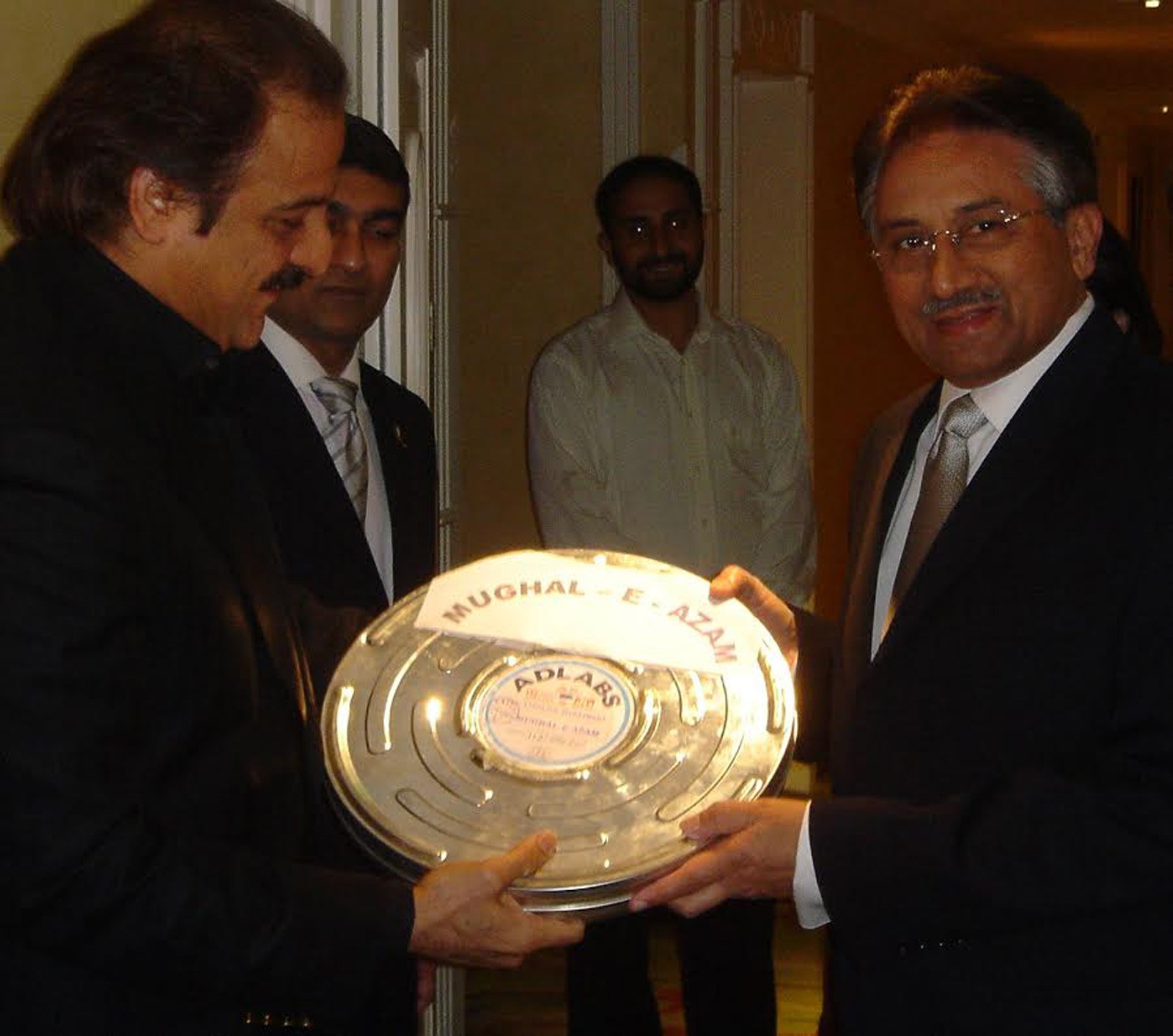
There was no room for costume jewellery in the film. Real jewels were used throughout the movie including a scene where pearls are scatted across the floor and necklaces thrown away. This added to the opulence and authenticity of the film.
The mastermind behind the historical epic was an ambitious filmmaker who dreamt up the idea when he was still in his early twenties. He planned to make a film based on Urdu novel Anarkali written by Syed Imtiaz Ali Taj in 1944 with Chandramohan and Nargis in the lead roles. But after the Chandramohan passed away and the financiers left for Pakistani during partition the project was shelved. He recruited the finest writers and recommenced the project in the 1950’s with Dilip Kumar, Madhubala, Prithviraj Kapoor and Nigar Sultana in the lead roles. He would overcome various challenges to deliver Indian cinema its grandest epic and write his name permanently in the history books.

The epic film has left an impressive legacy. Apart from setting a benchmark for others to follow it has had a number of landmark moments. In 2004 K Asif’s son Akbar Asif arranged for it to become the first Bollywood film in over 40 years to be released in Pakistan and presented a print to then leader General Pervez Musharraf. Proceeds of the release went to charity. This would subsequently open doors for the rest of the industry to release films in Pakistan and open new territory. In 2016 a musical based on the film opened to packed houses and is one of the grandest productions done anywhere in the world. The historical epic has inspired books, a collection of paintings by India’s greatest artist MF Husain, theme park attractions, dance groups and more. Many film technicians have admitted to studying the film.
Arguably the most beautiful Bollywood leading lady of all time put her all into the career-defining role of Anarkali. Despite suffering from a serious heart condition she was wrapped in real chains in the scene when where she is imprisoned. It would be the only time cinema fans were able to see the screen queen in colour. This would be her last major role before her retirement and premature death.

The supporting cast added weight to the grand production and the second lead portrayed by the actress is regarded as one of the all-time greats. Her stunning turn as the love rival to Anarkali provided the film with added antagonist, which resulted in further drama. She also had some of the film’s finest dialogues and was also part of two great musical numbers including the iconic qawwali Teri Mehfil Mein.
Mughal-e-Azam received mass appreciation when it was released from the audiences and critics alike. A review from the 1960s from the leading film magazine called it history making and another said ‘it as a tribute to imagination, hard work and lavishness of its maker, Mr Asif. For its grandeur, its beauty, and then performances of the artists it should be a landmark in Indian films.’ Since then reviewers have used words like classic, benchmark and milestone.
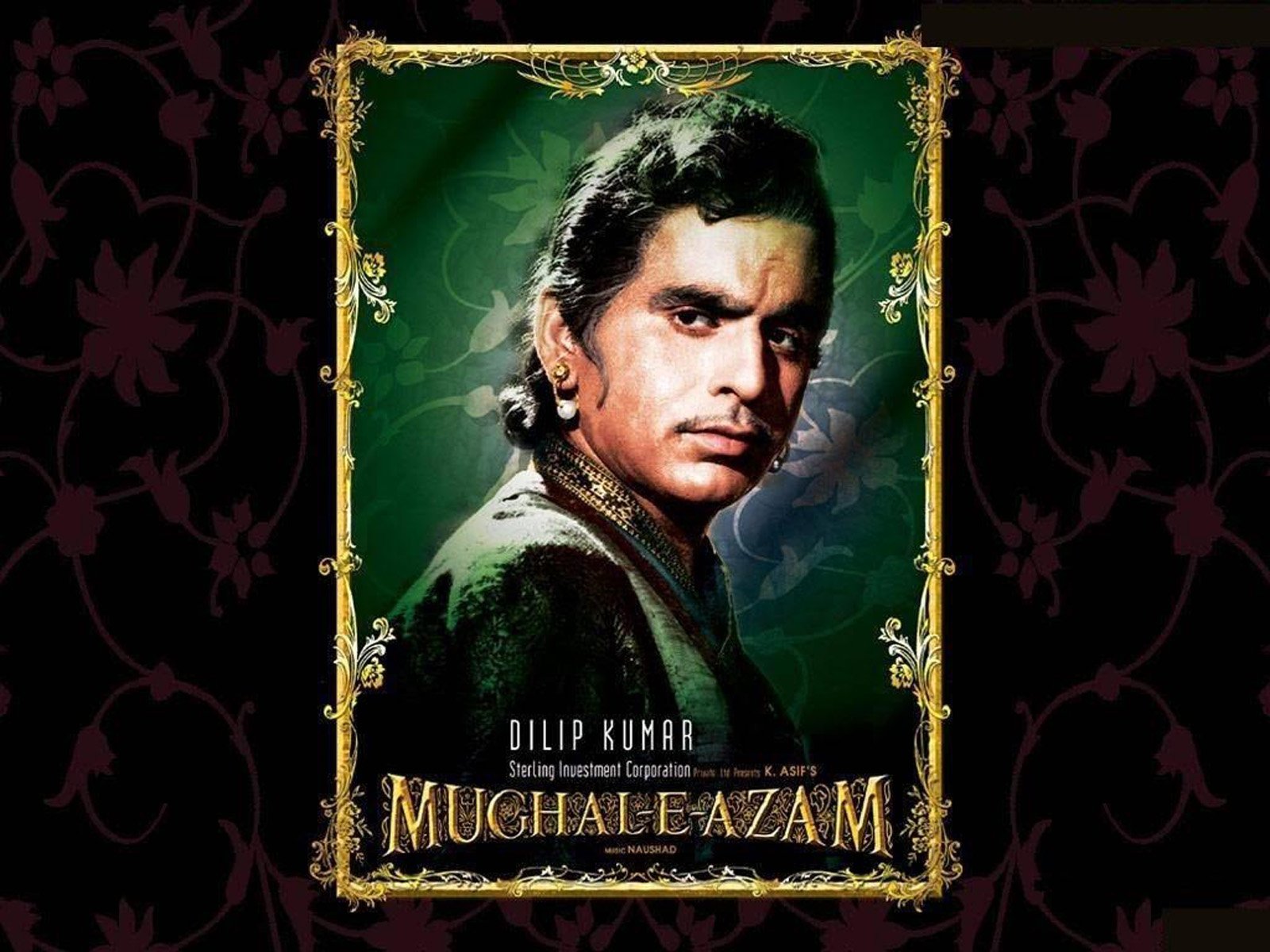
The grand premiere of the movie as held at the 1100 capacity Maratha Mandir cinema in Mumbai. The foyer was decorated to look like a Mughal palace and a 40-foot cut of Prithviraj Kapoor was erected outside. The high profile guests were sent invites written in Urdu shaped like rolled scrolls and made it look like a chronicle from the reign of Akbar. The film’s reel arrived at the premiere on an elephant accompanied by giant bugles. The biggest names in Indian cinema attended, but lead star Dilip Kumar didn’t turn up owing to his cold war with director K Asif, which included him demanding top billing ahead of Prithviraj Kapoor and not getting it.
The trigger point for the movie is one of the greatest qawwalis ever seen on the big screen. Apart from being a battle royal between two stunning leading ladies, Madhubala and Nigar Sultana, catchy composition Teri Mehfil Mein was hugely entertaining. It had two legendary vocalists in Lata Mangeshkar and Shamshad Begum along with powerful lyrics. This was the moment Prince Salim connects with Anarkali and ignites an explosive chain of events.
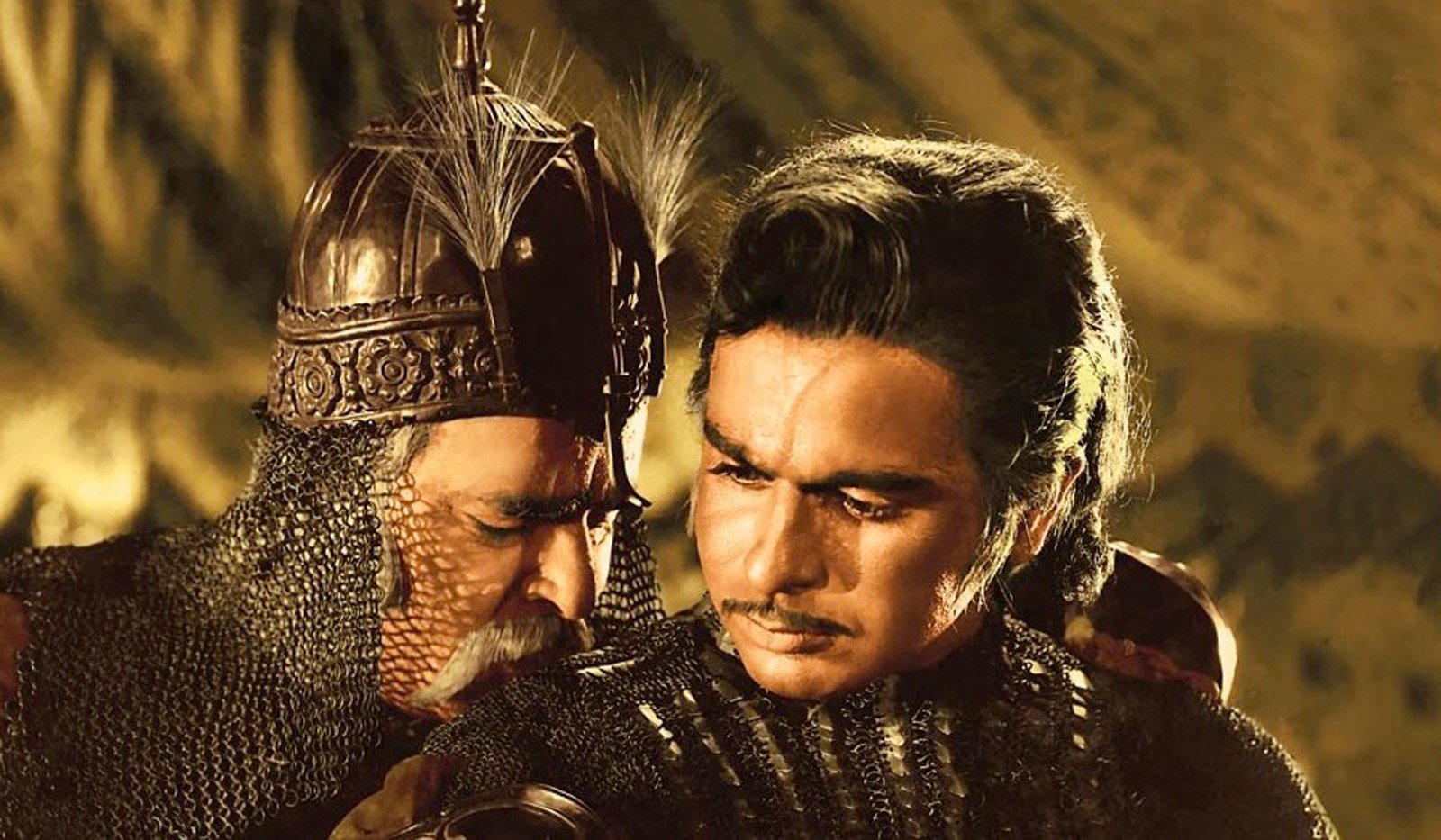
The colour version of the film was released theatrically on November 12, 2004 and became a major success. The new release also included a digital reworked soundtrack produced with the assistance of original composer Naushad. Mughal-e-Azam became the first full-length feature film colourised for a theatrical re-release; although some Hollywood films had been colourised earlier, they were only available for home media. It was subsequently selected for several international film festivals.
One of the greatest soundtracks in the history of Indian cinema has songs that are still popular today. No expense was spared on the 12 songs as music director Naushad was given an unlimited budget to create the perfect musical numbers. He used a number of innovations in the carefully crafted songs and put painstaking detail in each. A chorus of a hundred singers were used for the song Ae Mohabbat Zindabad and Pyar Kiya To Darna Kya was rewritten by lyricist Shakeel Badayuni 105 before being approved.

Although many see the movie as an ode to romance, it explores a number of themes. They include a cross-generational divide, duty, tribulations of women, religious tolerance, class difference, war, honour and cultural divides.
The stand out song on the legendary soundtrack is Pyar Kiya To Darna Kya, which became an anthem for lovers around the world and across different generations. But did you know the iconic number was inspired by a folk song music director Naushad heard in Uttar Pradesh with the lyrics ‘Prem kiya, kya chori kari hai...’ He converted it into a film track and recorded it with Lata Mangeshkar on vocals. To provide for the reverberation of sound heard in the song Naushad had Lata sing it in a studio bathroom.

The marvellous movie won a number of prestigious honours after it was released. The most notable of these were a National Award for Best Feature Film in Hindi and Best Film, and Best Director at the Filmfare Awards.
The battle between Akbar The Great and Prince Salim remains the most epic ever filmed. There were more than 8000 troops employed and producers got the ministry of defence to help. It will never be matched because today all large crowds are computer generated.
_5.jpg)
The masterful writing added an X Factor to the remarkable film and helped elevate all areas from the song lyrics to the unforgettable dialogues. The finest writers were assembled to provide an added spark to the opulence, stand out performances, pitch perfect directing, legendary cast, the super soundtrack, lavish sets and wonderful costumes.
The 1960s classic connected the youth to history and is continuing to do that with the current younger generation. Many are flocking to see the Mughal-e-Azam musical. Others regularly upload videos on YouTube of them performing to dance routines from the film or performing songs from it. Scenes and songs from the movie have been viewed tens of million of times on YouTube. All this and more shows the immortal classic will live forever, and entertain future generations not born yet.
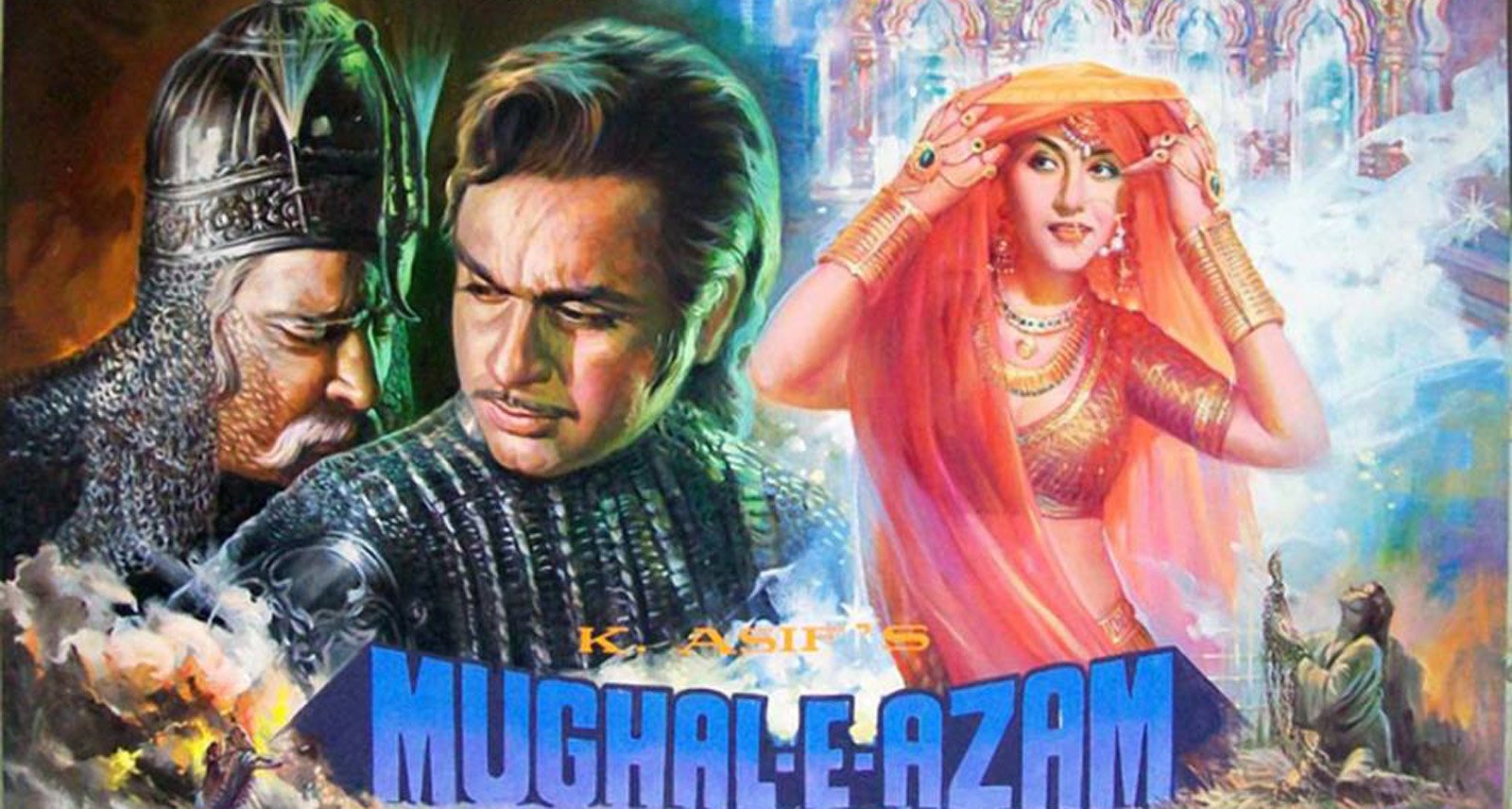
The legendary actress’ father Amanullah Khan was a famous writer and co-wrote Mughal-e-Azam under the pen name Aman. She would use that as her surname after entering films.
